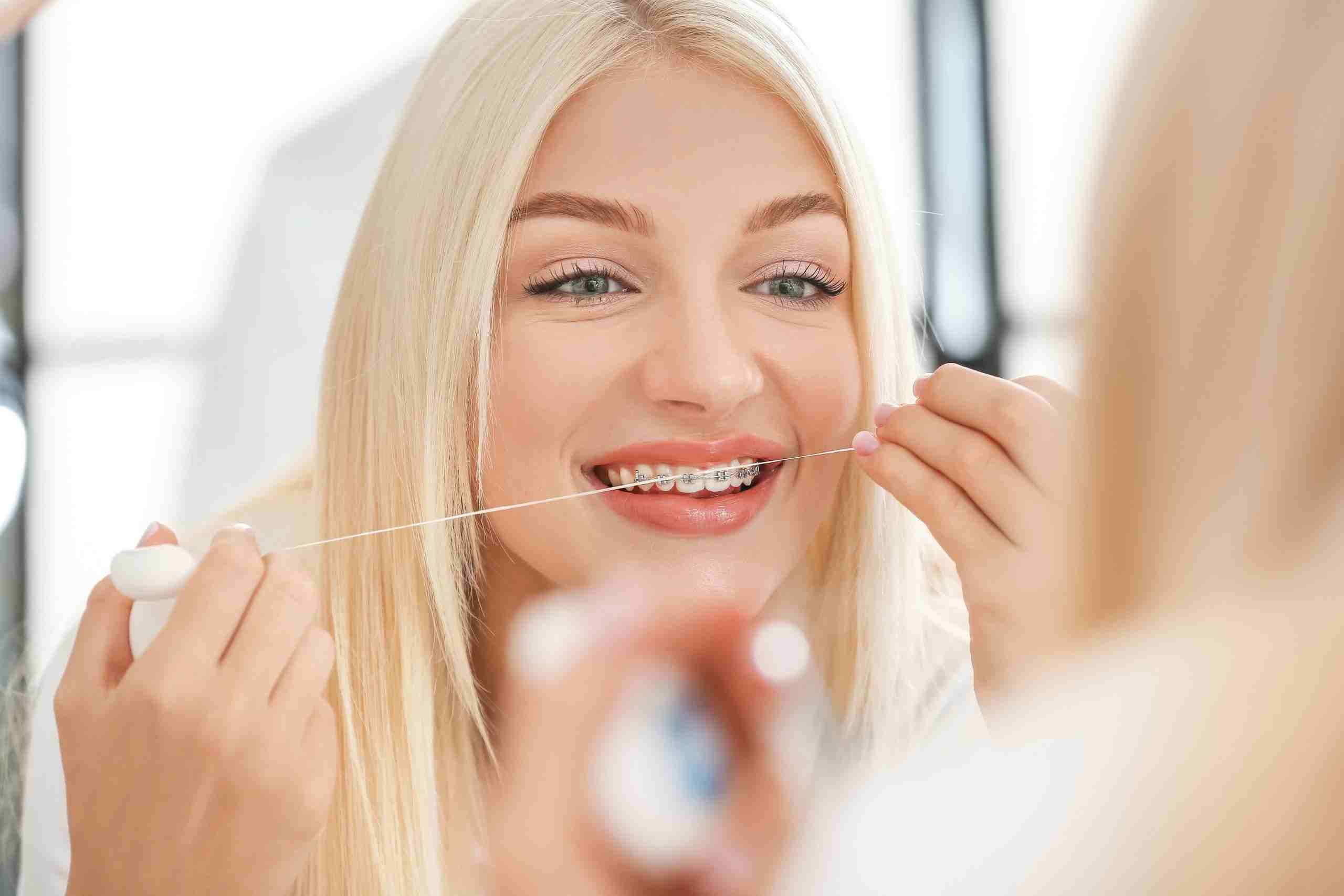Switching to an electric toothbrush can transform your oral hygiene, but only if you’re using it the right way. Many people invest in advanced brushes yet continue brushing as they would manually, missing out on the full benefits that technology can offer.
In this guide, you’ll learn how to use your electric toothbrush effectively, avoid common mistakes, and establish a routine that truly supports your teeth, gums, and overall wellbeing.
Good oral care is about more than just a bright smile. The mouth is closely connected to the rest of the body, and bacteria or inflammation in the gums can influence overall health. Regular, thorough brushing helps maintain this essential balance by reducing harmful bacteria and keeping your oral tissues healthy.
Dentists recommend brushing twice a day, ideally after breakfast and before bed. For those with dental implants, restorations, or sensitive gums, an electric toothbrush offers a safe and consistent clean without applying too much pressure.
